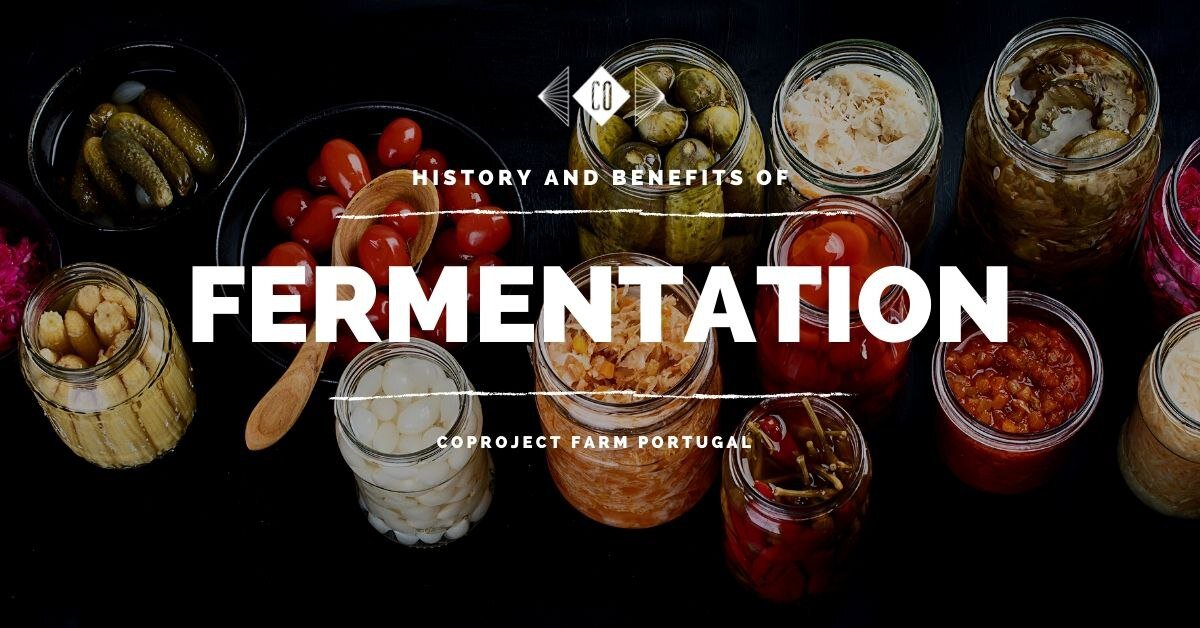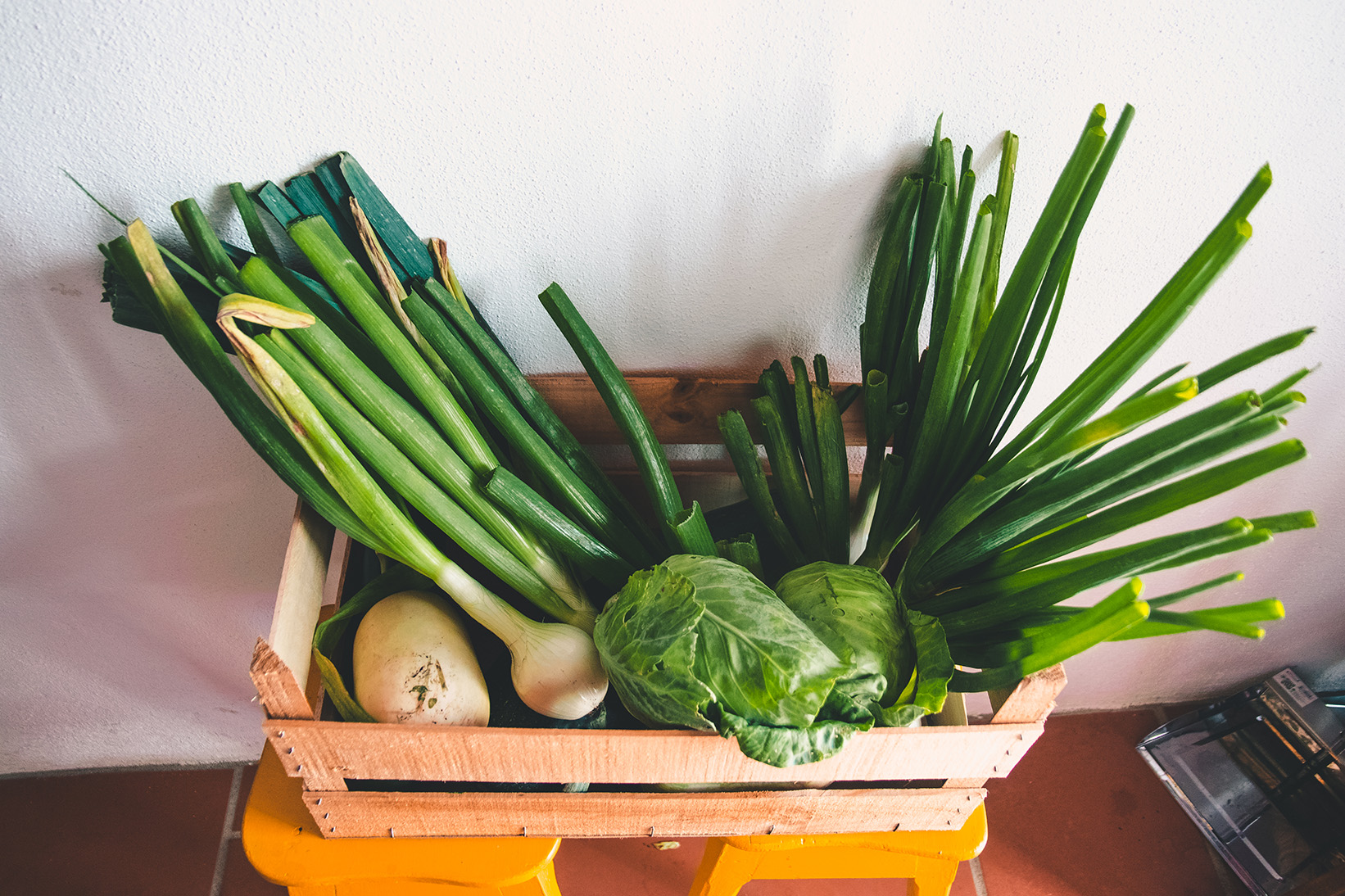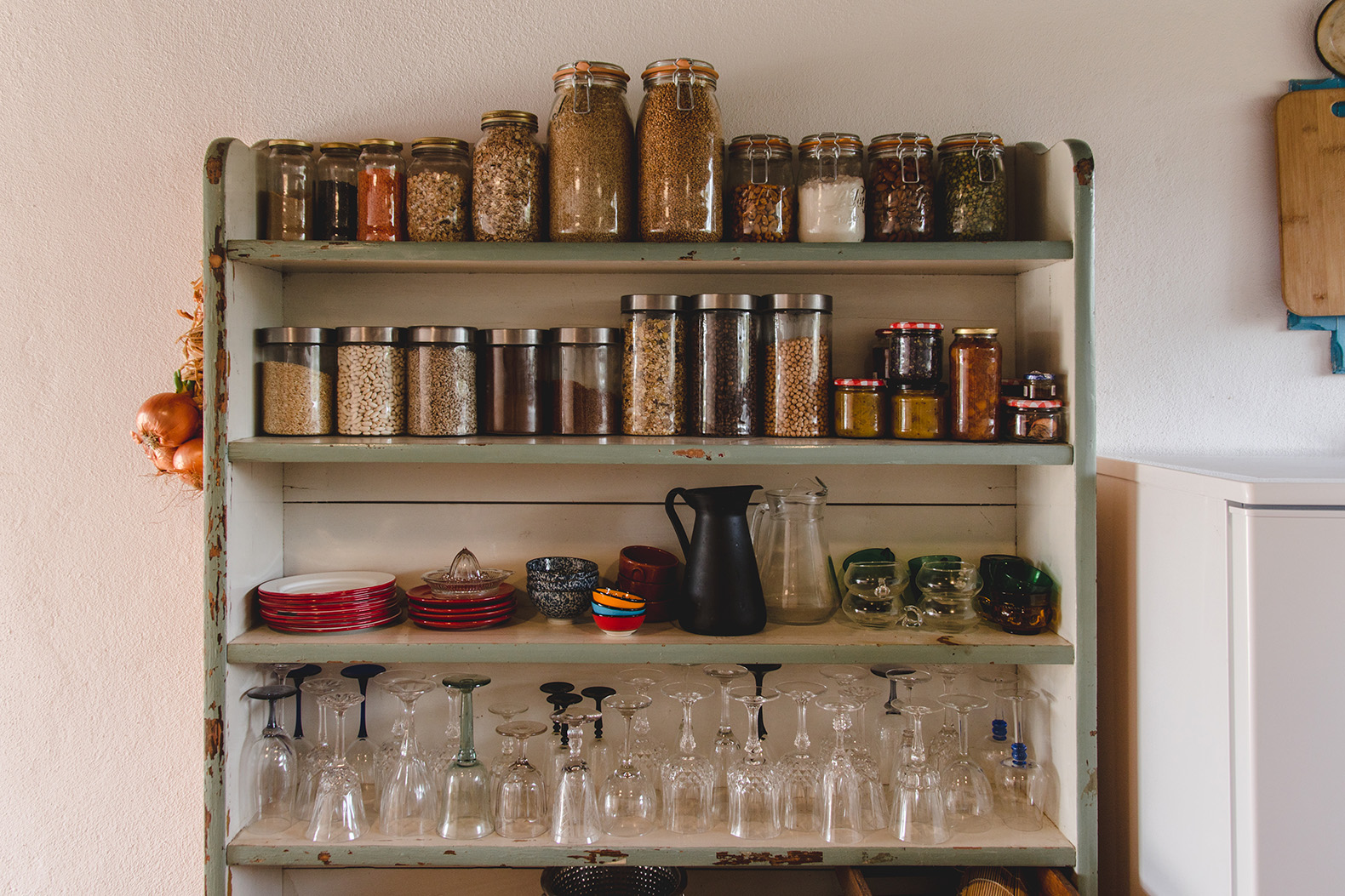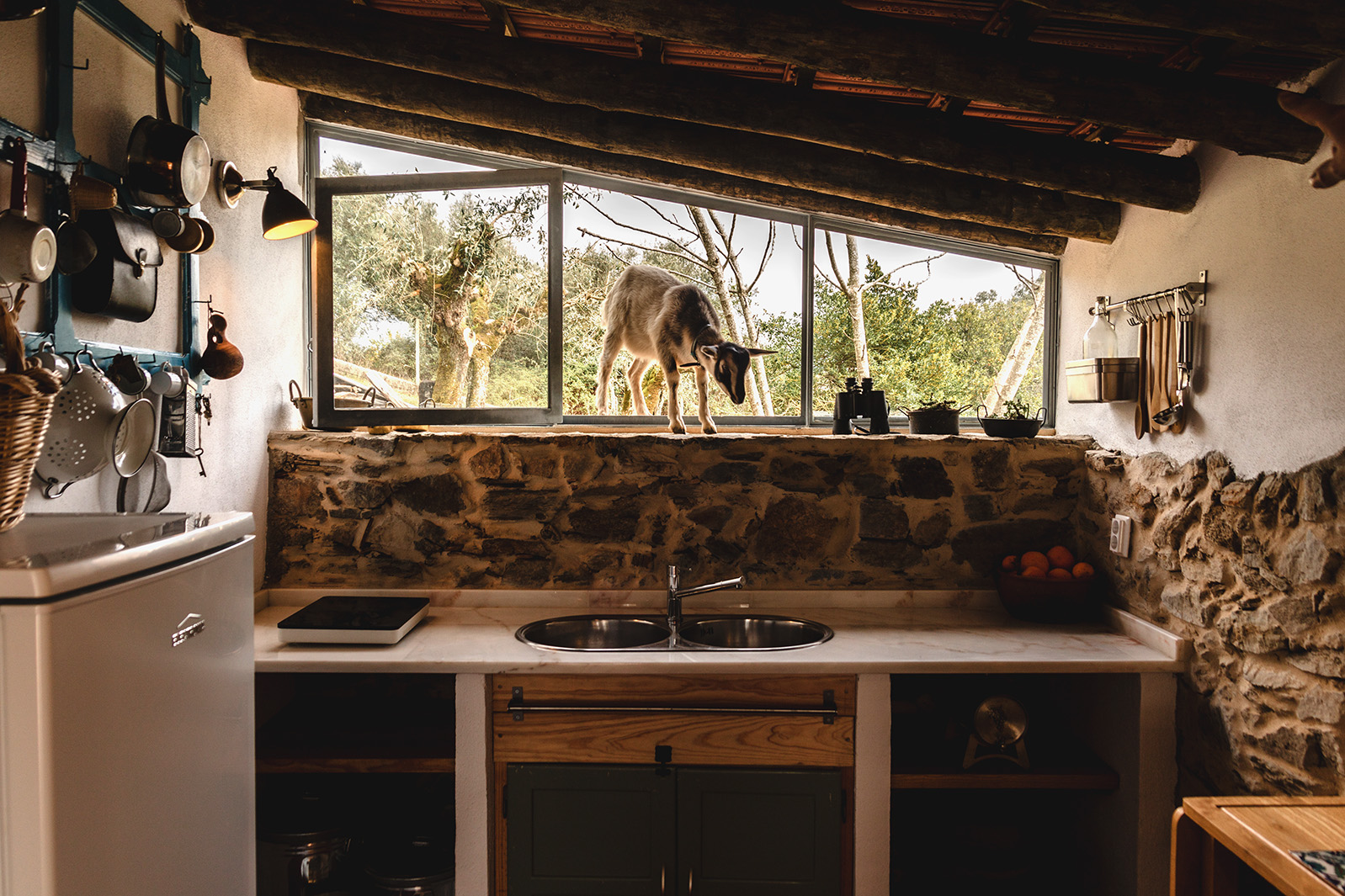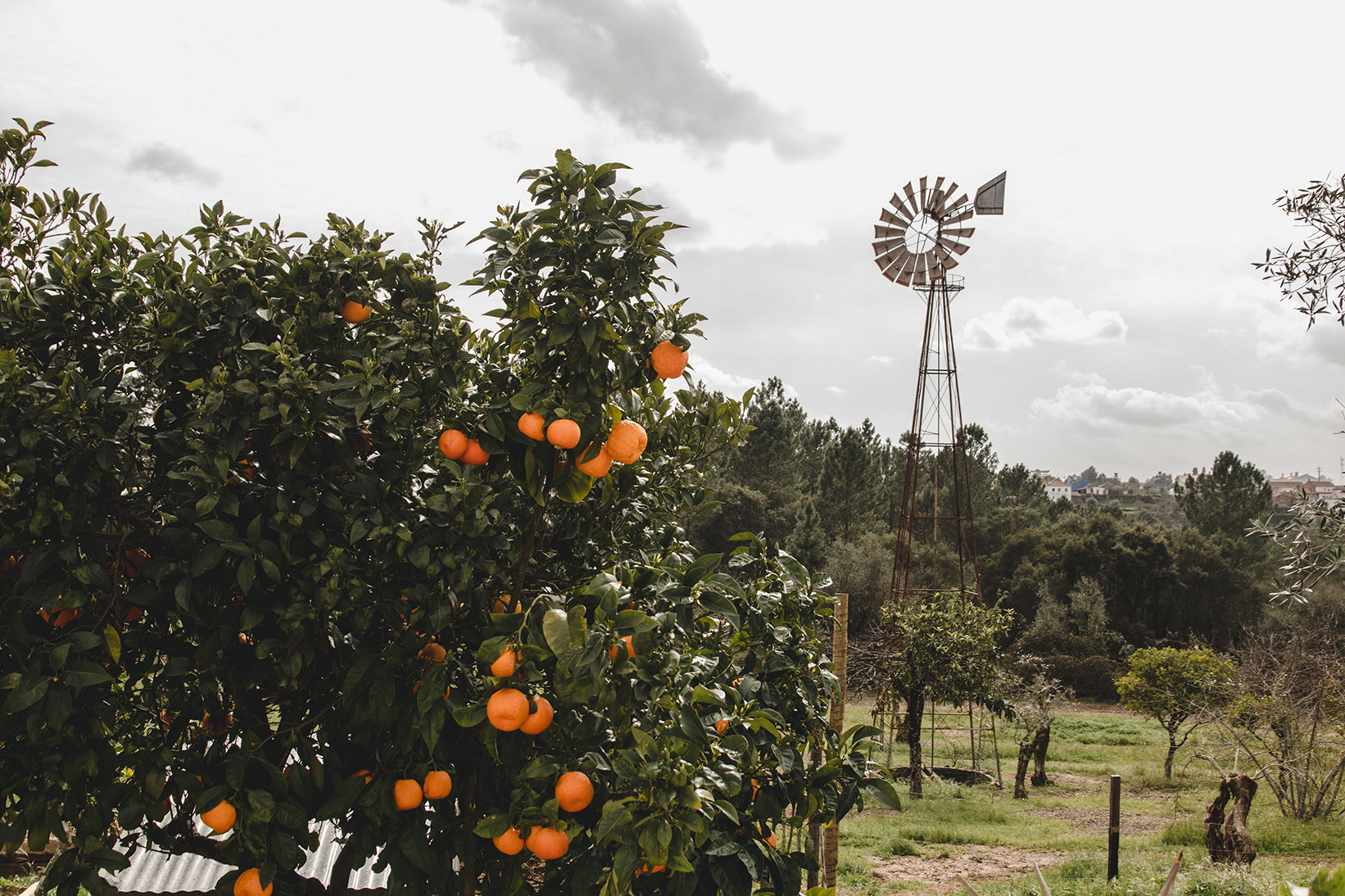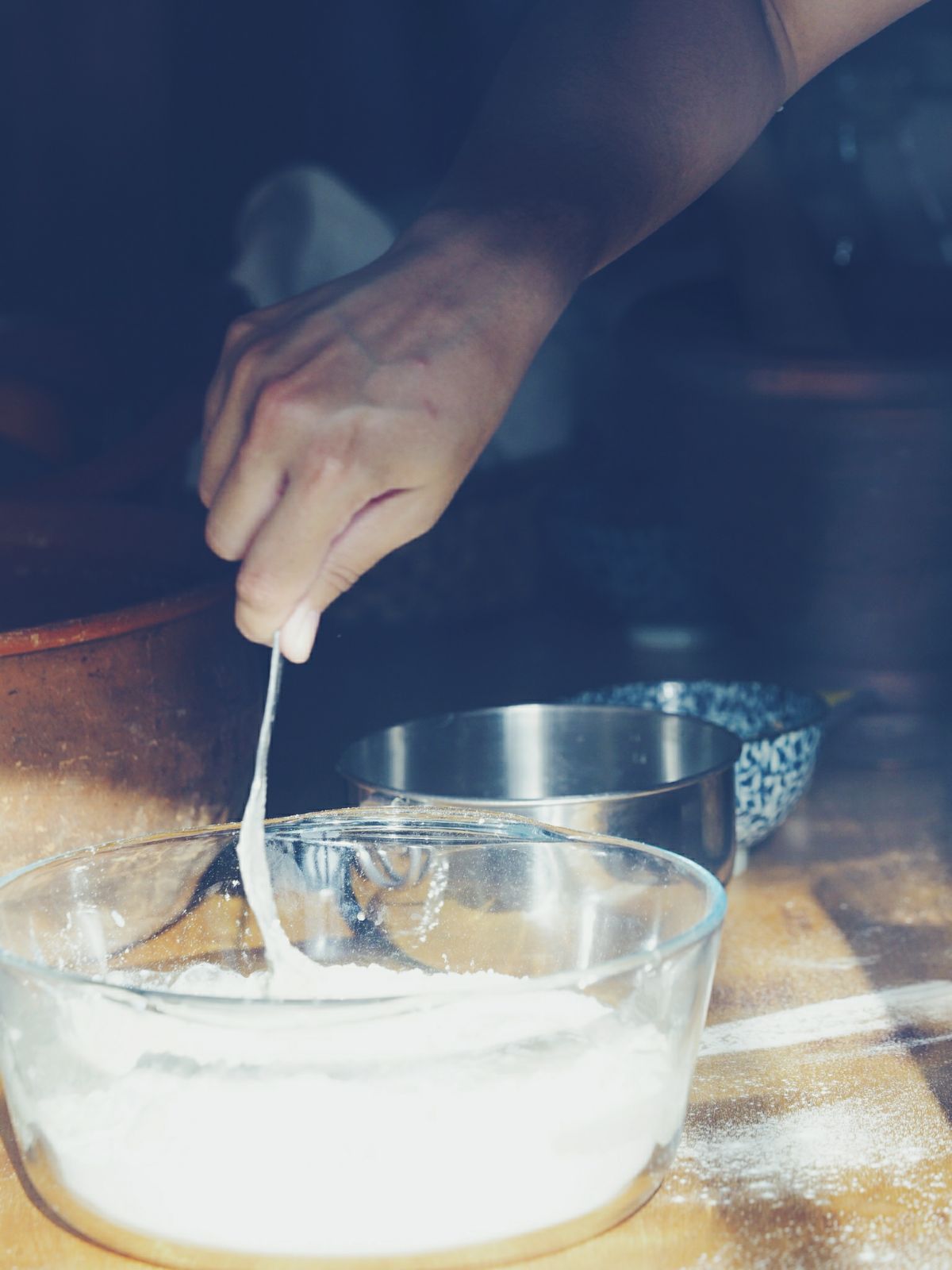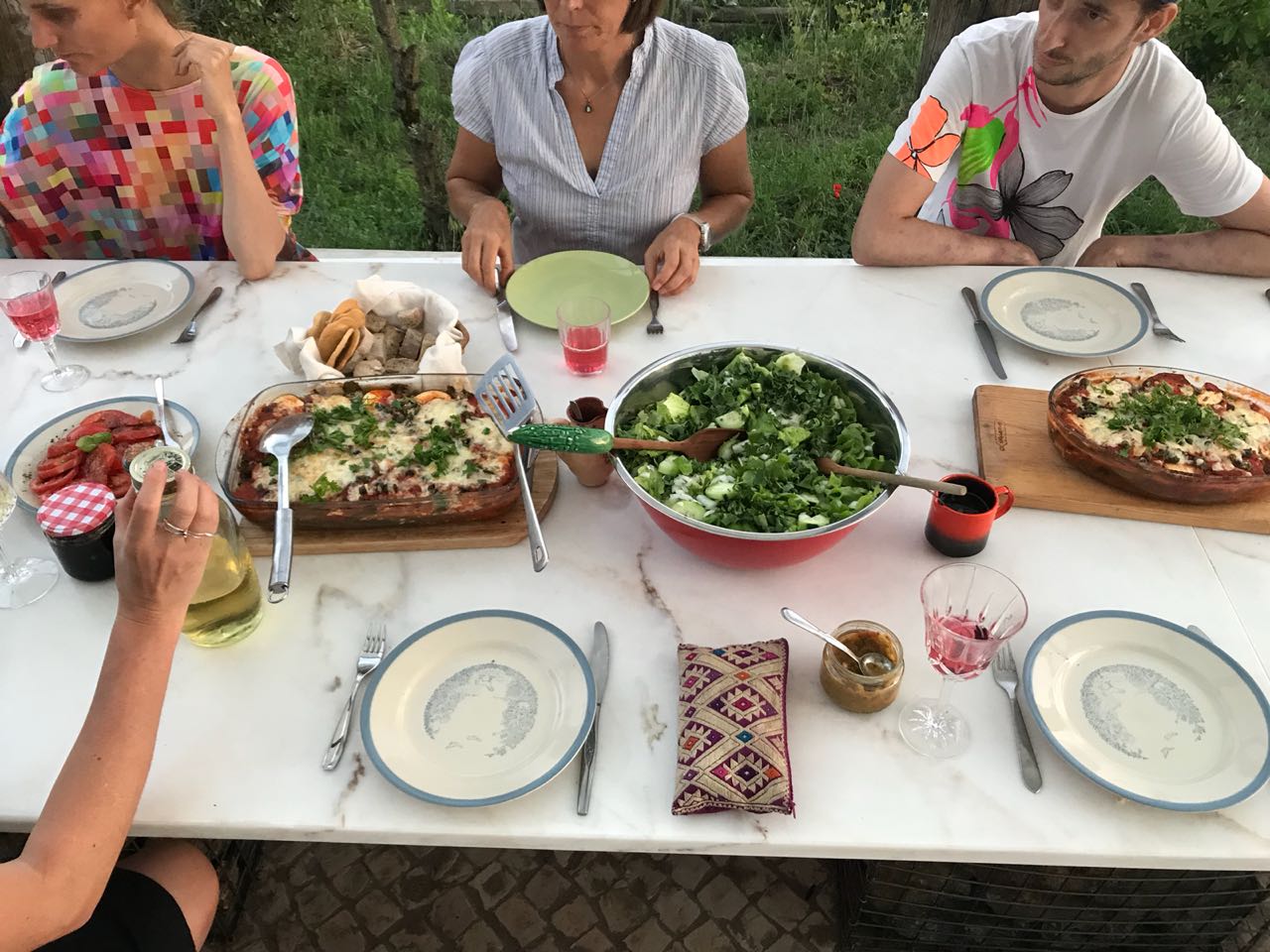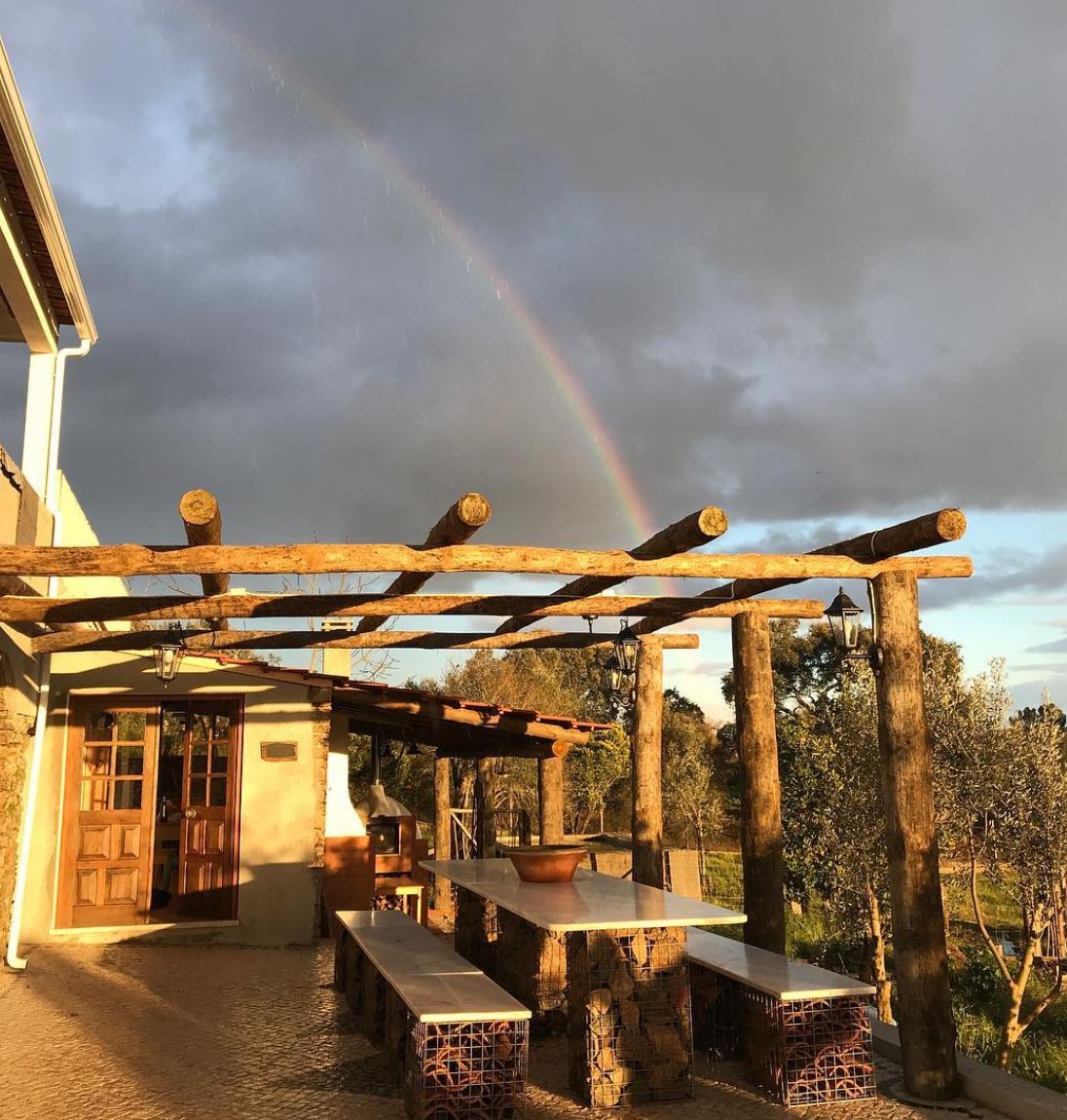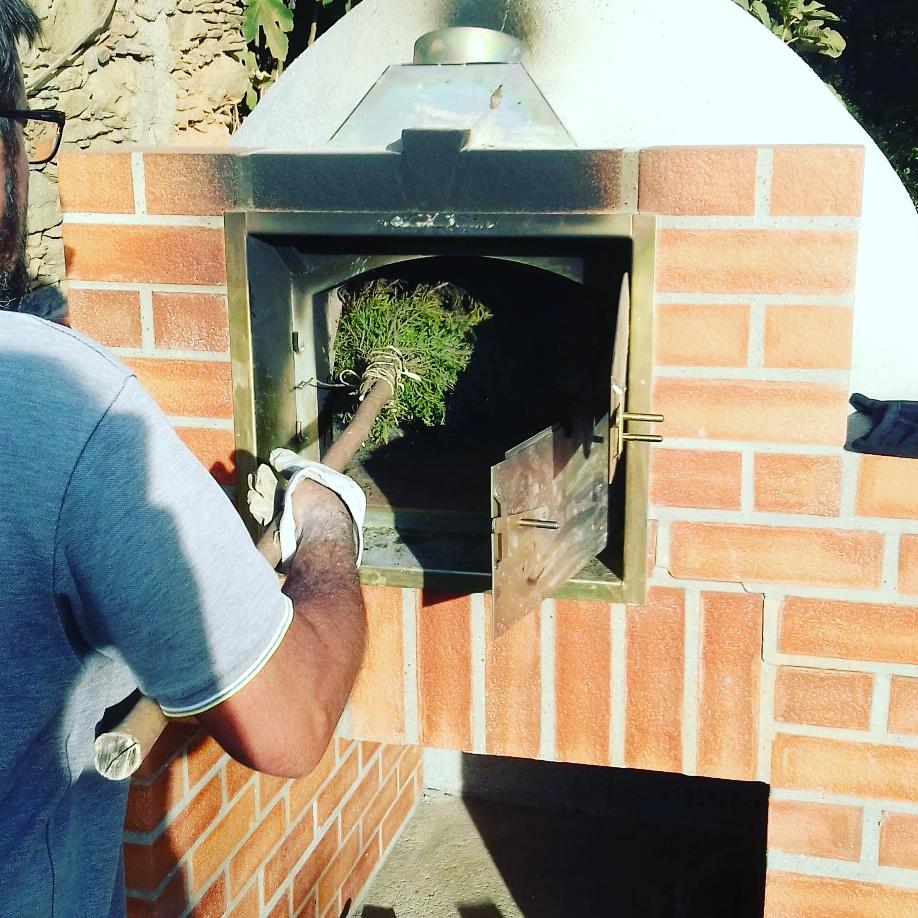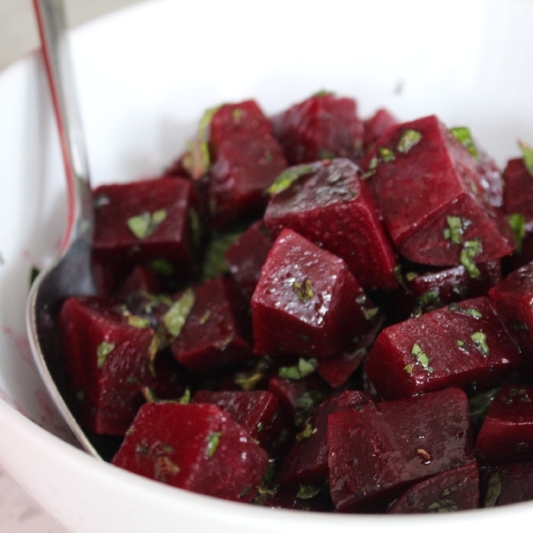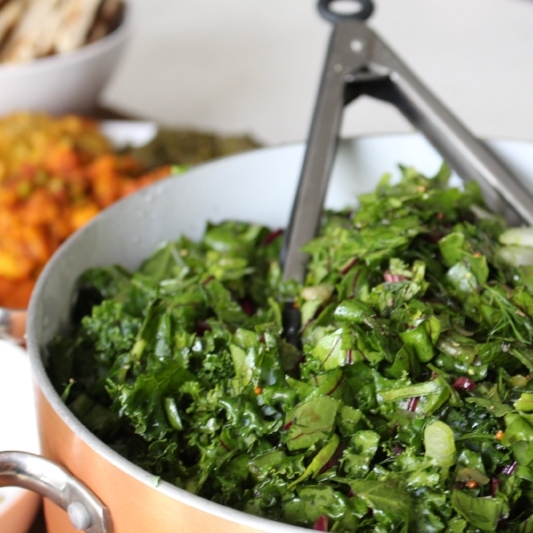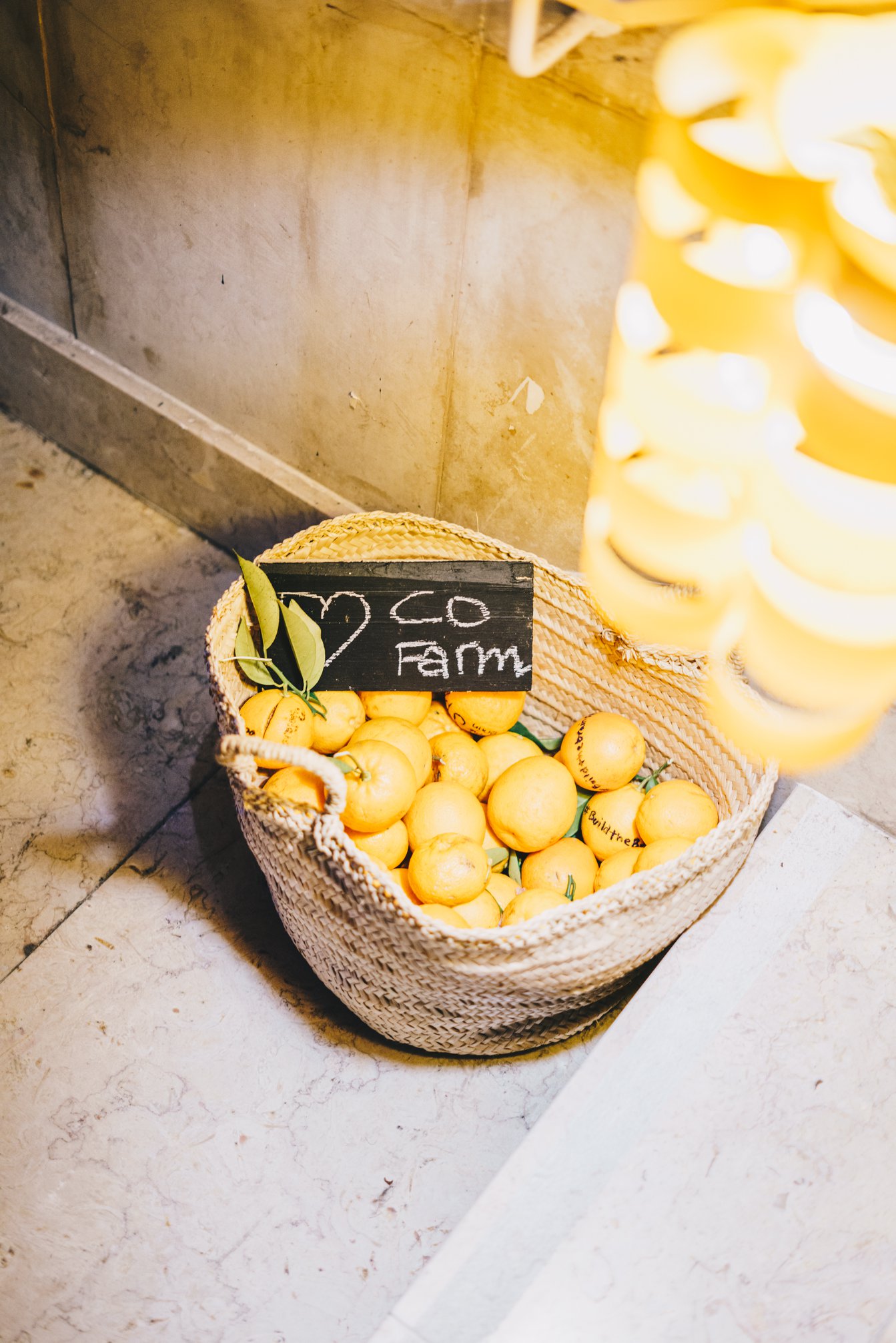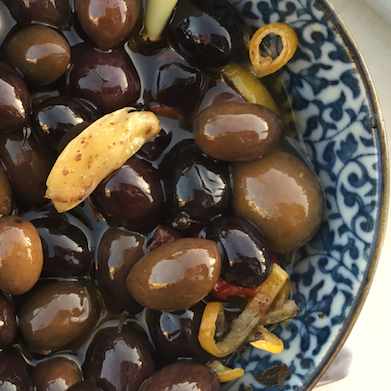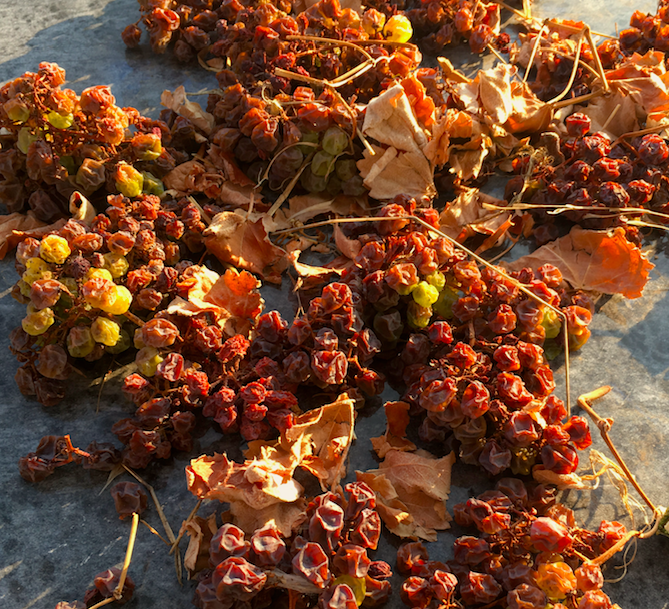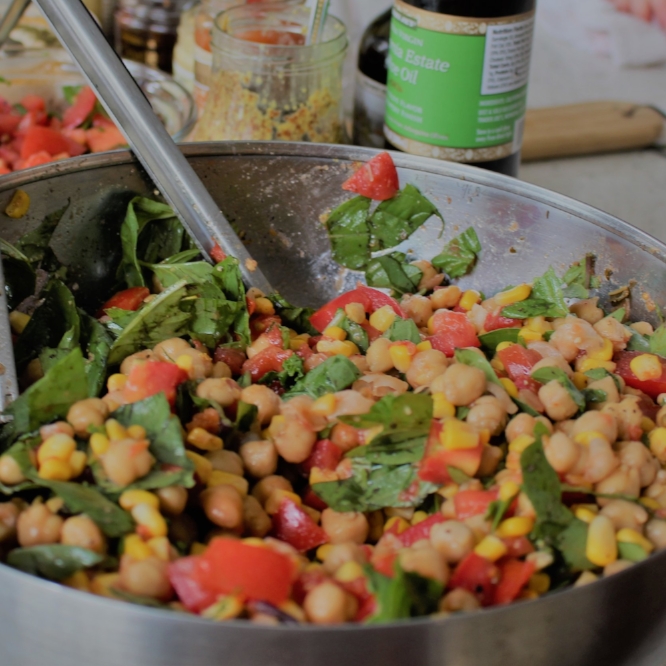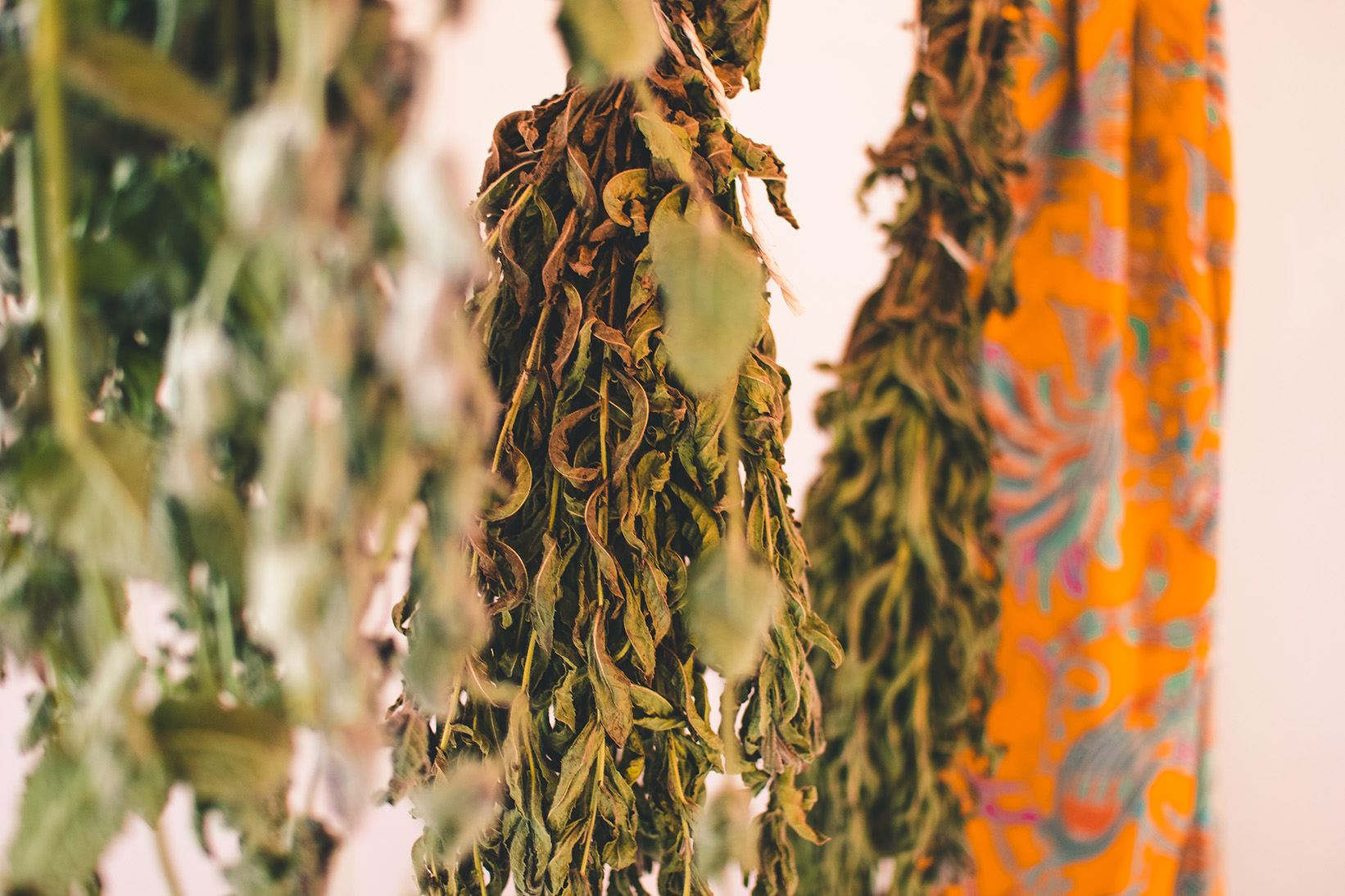Natures Physical benefits
The medical conditions treated with these approaches are not limited to the treatment of mental well-being issues alone. Intuitively, access to green spaces encourages physical activity sorely lacking in the routines of many city-dwellers—and it has long been known that plenty of open space increases life expectancy in UK citizens [4]. However the use of nature for treatment of physical complaints has recently gone a step further, with doctors now issuing prescriptions for a range of physical (as well as cognitive) conditions such as diabetes, heart complaints, and immune-system weaknesses.
The scientifically-backed immune system-boosting properties of the previously mentioned phytoncides released by trees are the basis for referring patients with a high risk of developing type-II diabetes toward nature, as well as those with a high risk of heart disease, risk of giving birth prematurely, and those suffering from chronic insomnia. There are even schools of thought that suggest time spent in nature can help mitigate cancer and other serious diseases, though such effects are yet to be researched scientifically.
The effect on mood
One of the qualitative (non-measurable) effects of spending time in nature is the impact it has on our mood—and the knock-on effect this has on long-term well-being and health. Many of us know the interesting fun fact that it takes more energy to frown than to smile; well, researchers at the University of British Columbia found that participants shown images of nature showed much more positive behaviors and mood versus those shown pictures of man-made objects [5]. Participants shown images of nature demonstrated elevated mood, happiness, and a greater tendency toward interacting with other participants than those shown control images. So, interacting with nature not only boosts our immune system, reduces our heart rate, and makes us less anxious—it makes us more sociable, too.
What you can do
So, if you have been through some of the traditional approaches to managing stress and anxiety such as medication, talk therapy, or a gym subscription without the results you need, it may be worthwhile trying some of the nature-related solutions now prescribed by doctors.
Such pursuits need not replace conventional treatments for stress, anxiety, and other problems of mood; taking a regular walk through nature or spending a few days outside of your normal, built environment doesn’t necessarily mean having to stop traditional treatments. Solutions to life’s problems are often resolved with multiple approaches, and “silver bullets” are the exception rather than the rule. Give it a go and see if it works. Start small and see if you feel an effect.
Mother Nature
It’s easy to wax lyrical on nature’s capacity to act as a conduit for relaxation and peacefulness, but perhaps it is simply the fact that nature carries on regardless of the seemingly intractable challenges life puts in front of us and asks for nothing in return. Nature, as per the Latin meaning—“essential quality” or “innate disposition”—follows its own rules and pays glancing attention to the problems that come with our daily lives. It’s nice to know that whether or not we buy that new car, get into the right college, or have a house in the area we’ve always dreamed of—the trees will keep on growing, the wind will keep on blowing. It’s good to aim for worldly things, set goals, and pursue challenges, but if it all gets too much—remember that nature will still be doing its thing, waiting for you to pay it a visit.
——-
At the CO Project, we offer beautiful 3 and 5-day nature experiences to get you out of the city and into an incredible natural setting for learning about sustainable living. Check out all our program offerings here >
——-
Article References
1. Guite, H.F., C. Clark, and G. Ackrill, The impact of the physical and urban environment on mental well-being. Public Health, 2006. 120(12): p. 1117-1126.
2. Tsunetsugu, Y., B.-J. Park, and Y. Miyazaki, Trends in research related to "Shinrin-yoku" (taking in the forest atmosphere or forest bathing) in Japan. Environmental health and preventive medicine, 2010. 15(1): p. 27-37.
3. van den Berg, A.E., et al., Green space as a buffer between stressful life events and health. Social Science & Medicine, 2010. 70(8): p. 1203-1210.
4. Fecht, D., et al., Associations between urban metrics and mortality rates in England. Environmental health : a global access science source, 2016. 15 Suppl 1(Suppl 1): p. 34-34.
5. Passmore, H.-A. and M.D. Holder, Noticing nature: Individual and social benefits of a two-week intervention. The Journal of Positive Psychology, 2017. 12(6): p. 537-546.


